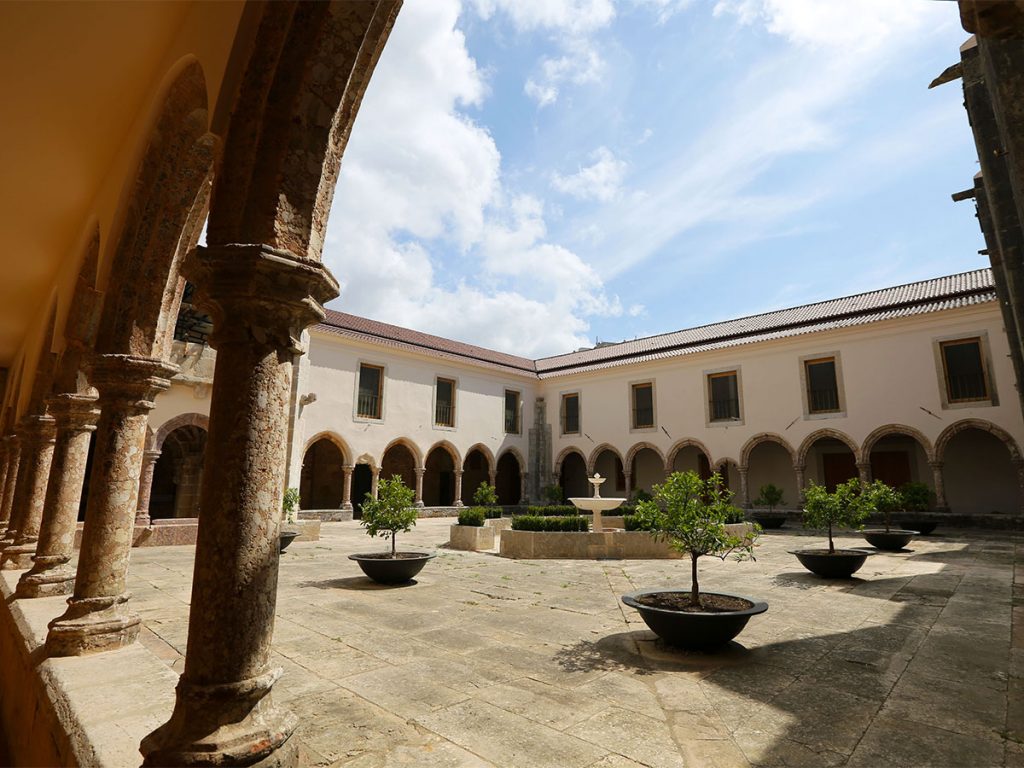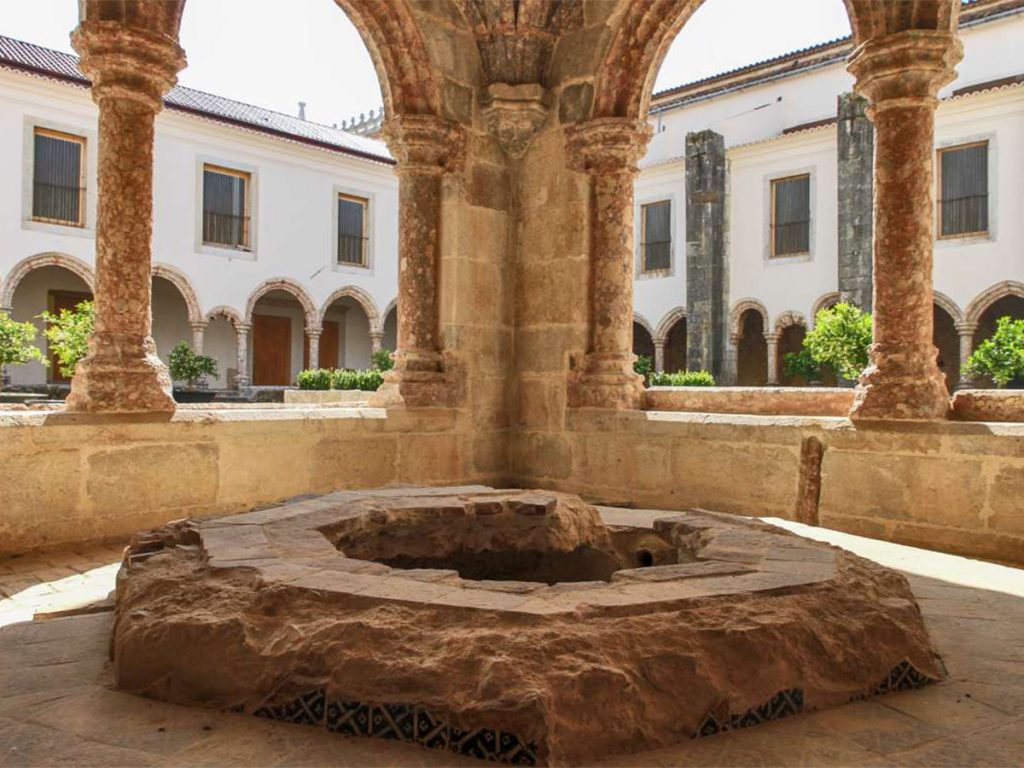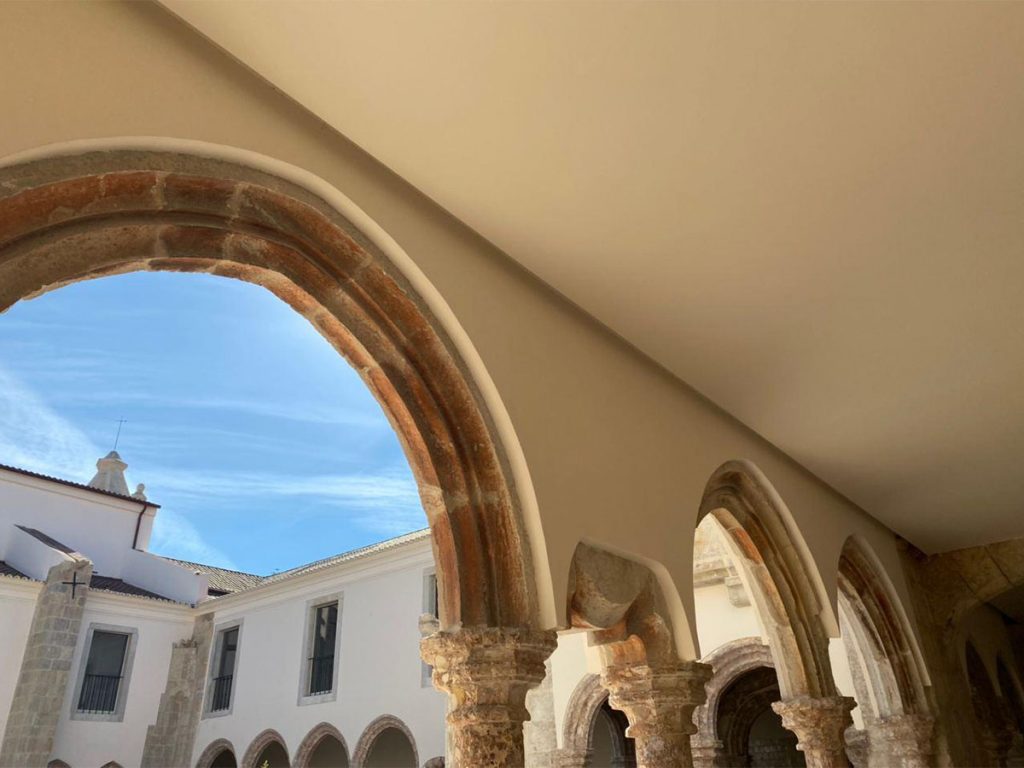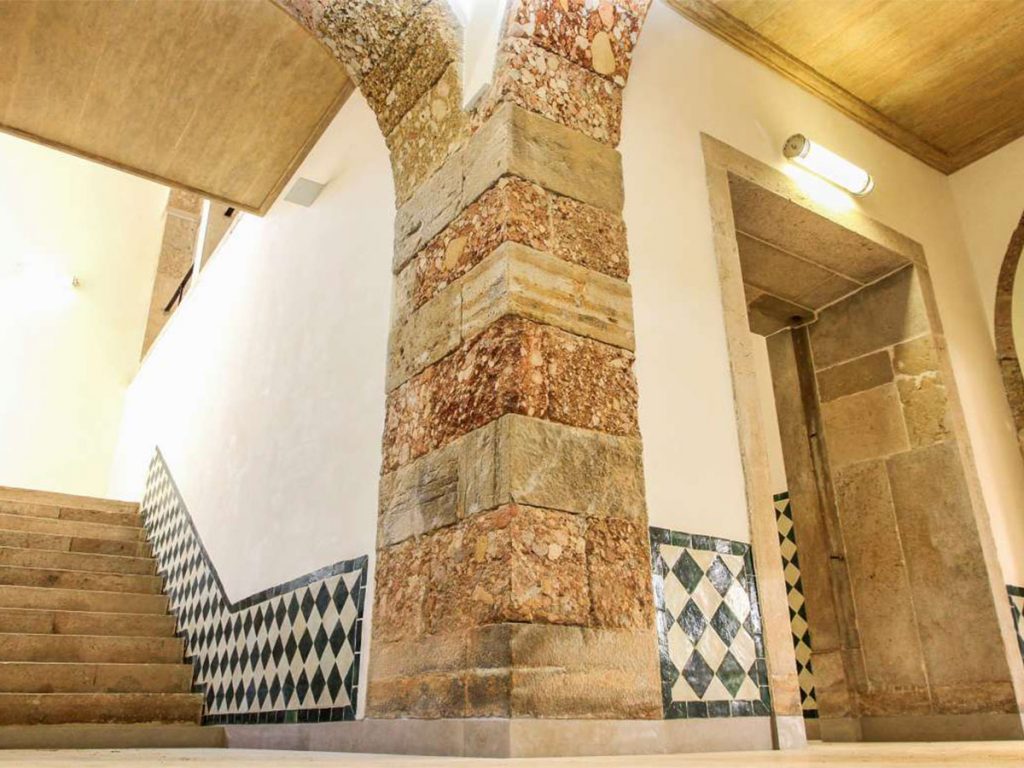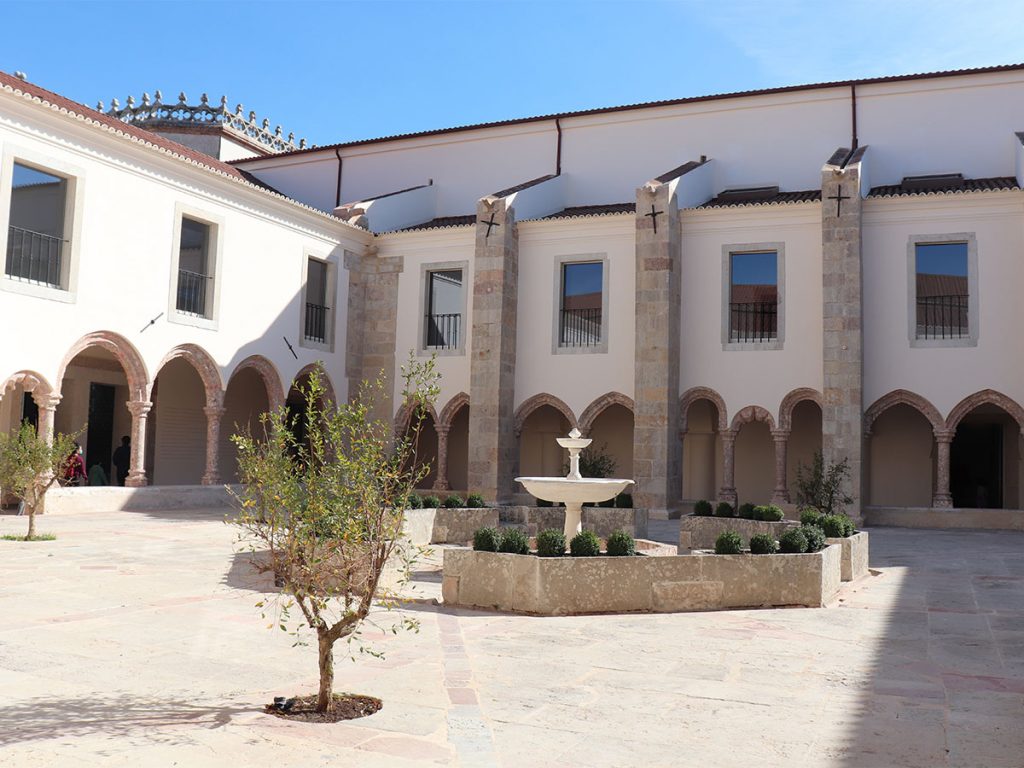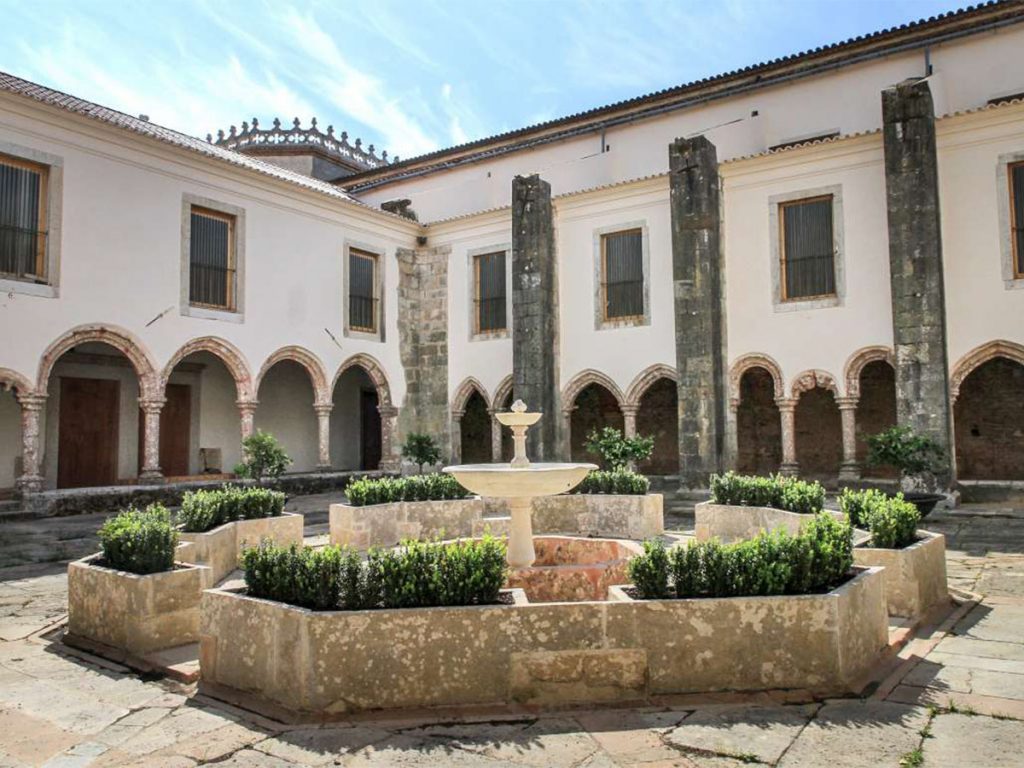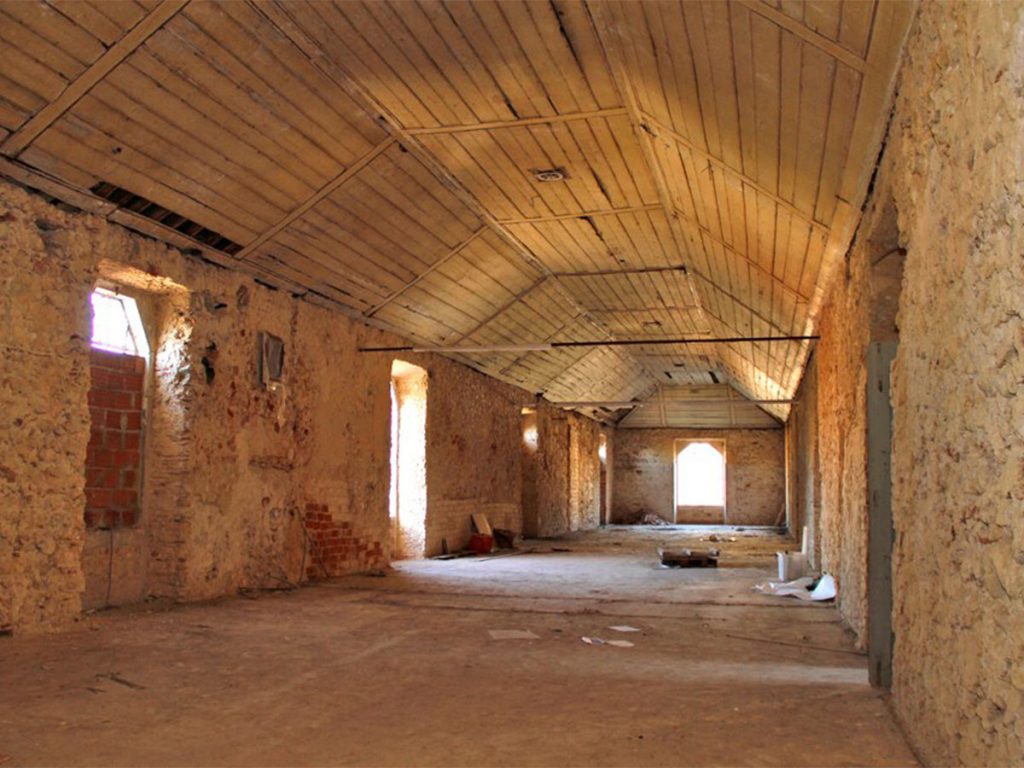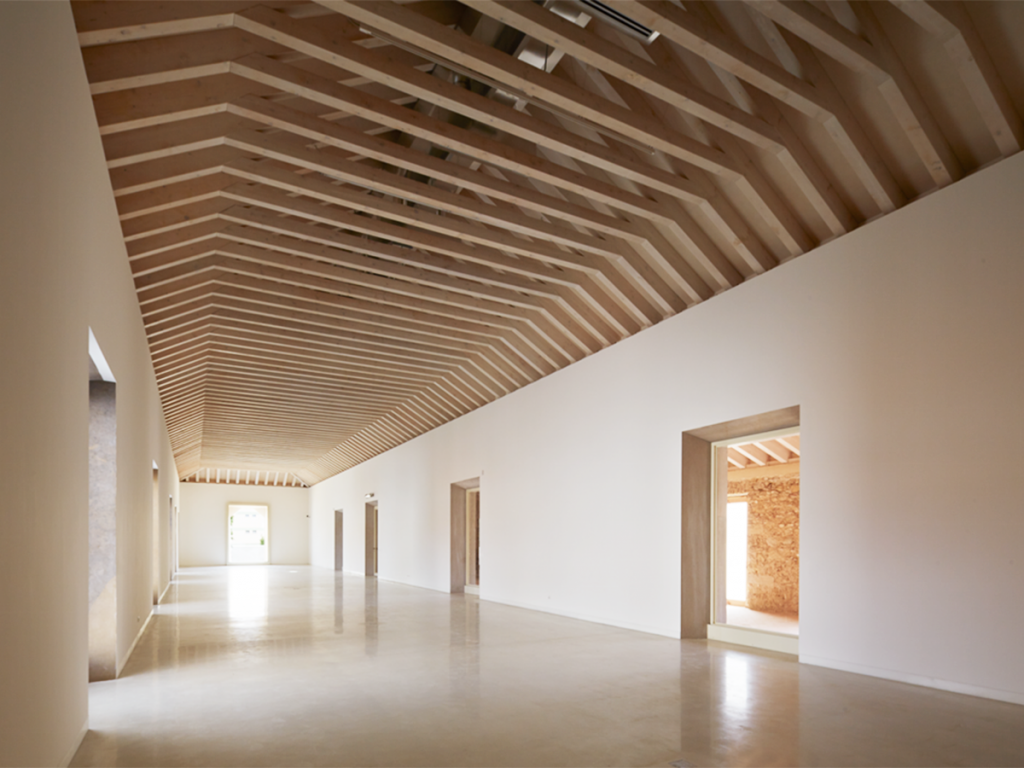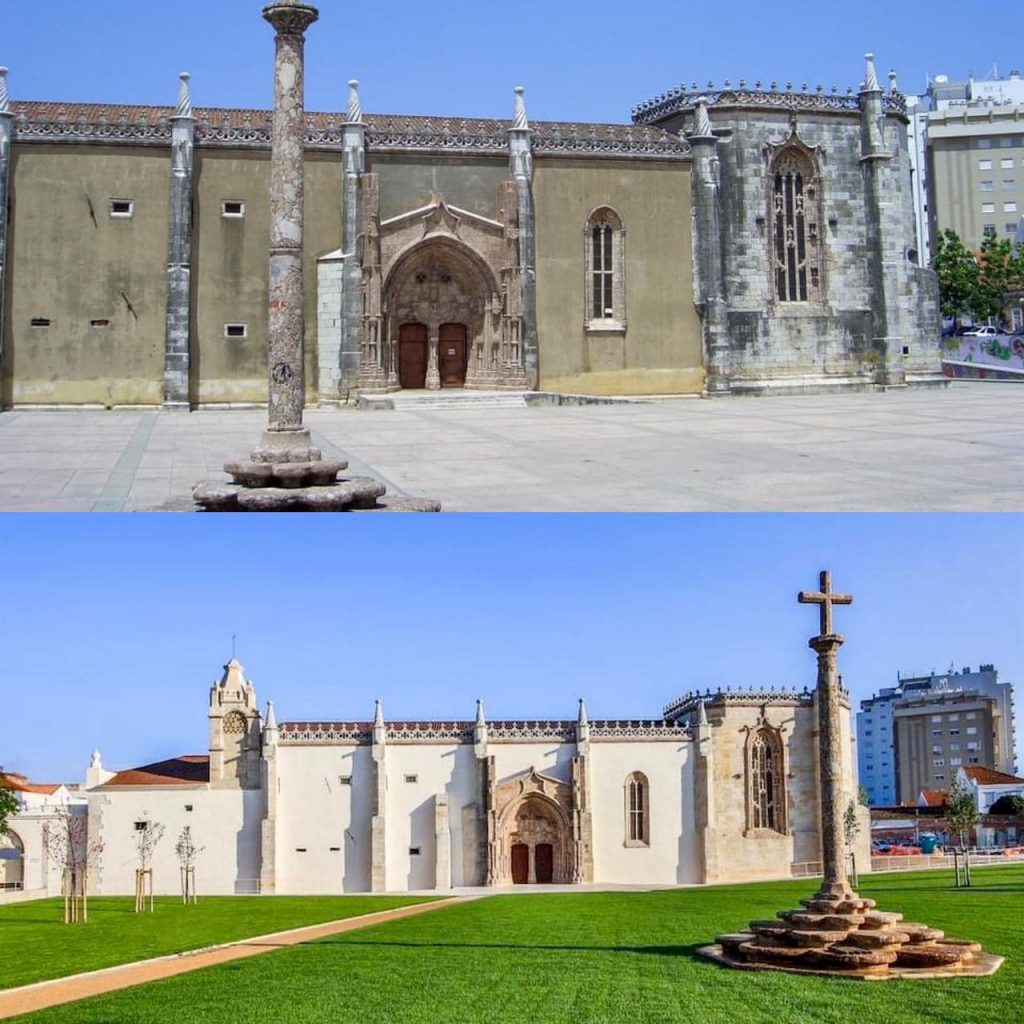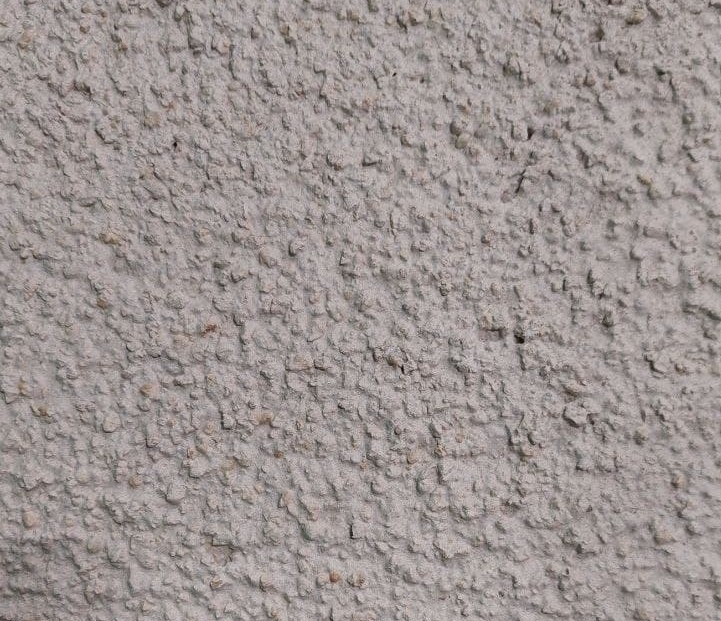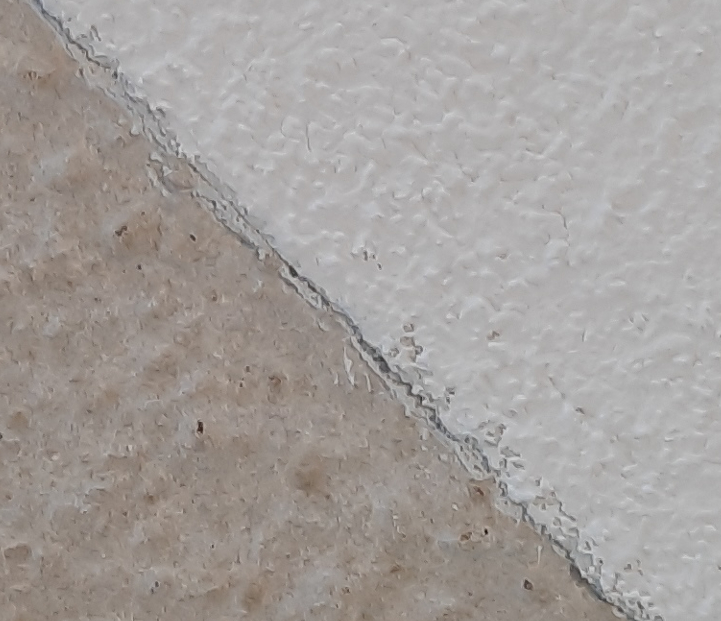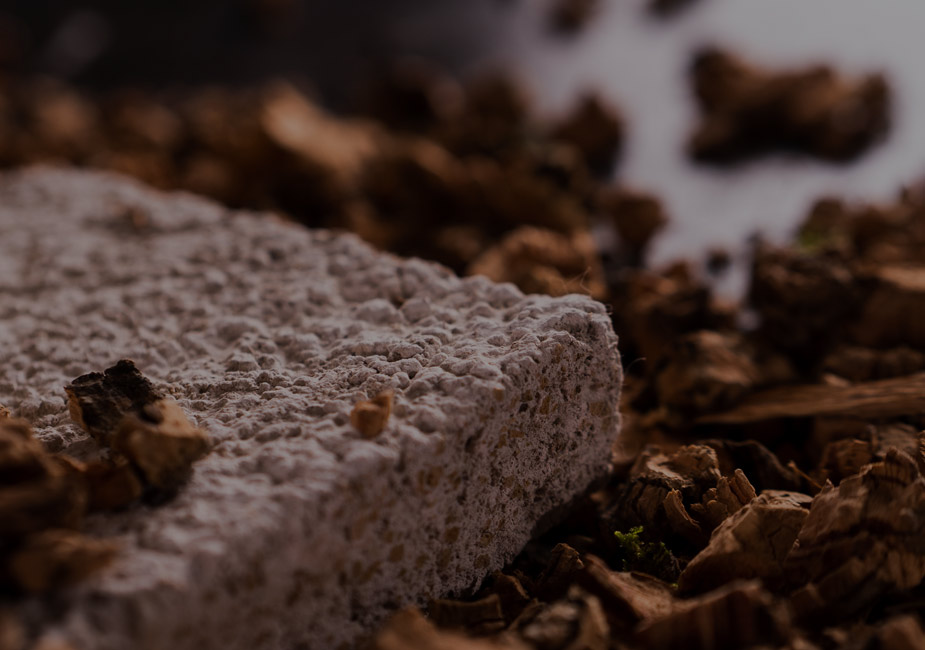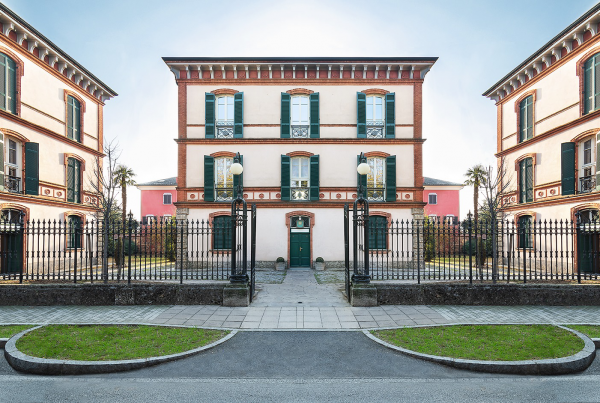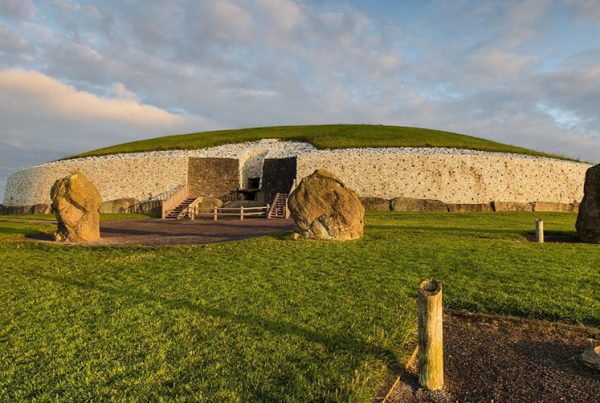The restoration conservation of the Cloister of Jesus de Setúbal was an opportunity to take a closer look at and better understand Manueline or Late Gothic Portuguese architecture. Sumptuous and composite, this architectural language originated in Portugal in the first decade of the 16th century and synthesised maritime elements in reference to the discoveries made in those years by Portuguese navigators. Manueline architecture acts as a transitional element between the late Gothic and Renaissance styles. Although it lasted only a very short time (from 1490 to around 1520), it is of great importance in the history of Portuguese art.
Diasen’s ecological and sustainable solutions, adapting perfectly to the geometries of Manueline’s architectural expression, solved the problems related to humidity, as well as allowing the structural restoration of the structure.

